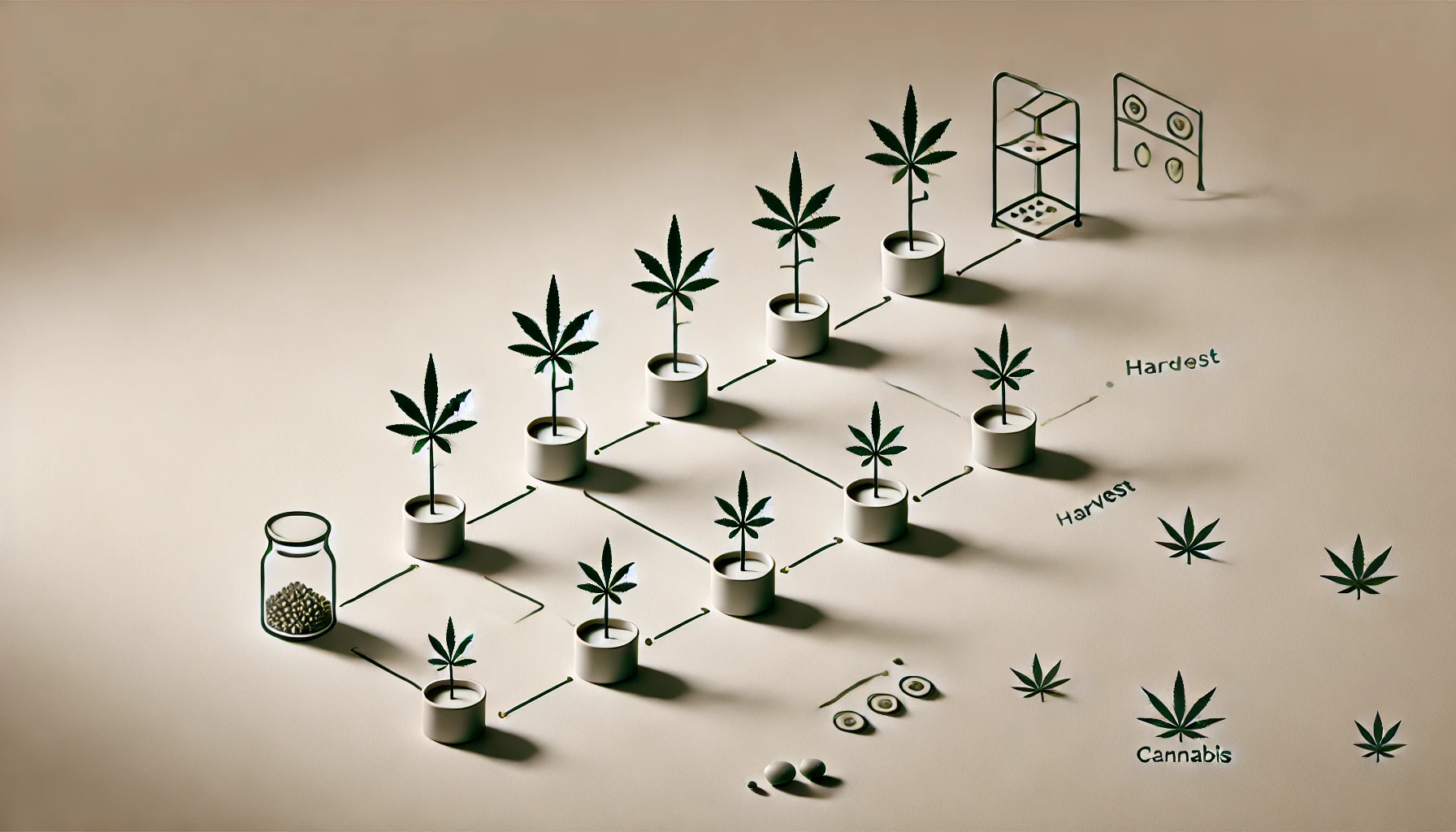Growing cannabis at home can be an enjoyable hobby when approached with the necessary knowledge and tools. This article demystifies the science of cultivating this plant by explaining the key essentials of green technology to enhance growth processes. By understanding fundamental principles and modern techniques used for home cultivation setups, your chances for healthy plants with greater yields increase greatly.
Understanding Cannabis Plant Needs
Like all plants, marijuana requires certain conditions to flourish – including light, air circulation and nutrients. Here is an outline of these basic needs:
- Light: Cannabis plants rely heavily on sunlight for photosynthesis. LED grow lights have quickly become popular due to their efficiency and lower heat output than traditional bulbs.
- Water: Balance regular and insufficient irrigation to promote plant health, but avoid overwatering at all costs.
- Proper air circulation is critical for strengthening plant stems and avoiding mold or mildew. Simple oscillating fans are an ideal way to ensure adequate airflow through your space.
- Nutrients: Cannabis requires various nutrients at different stages of development. Nitrogen, phosphorus, and potassium are among the key players here. Understanding these basic essentials of cannabis cultivation provides the framework for more advanced cultivation techniques.
Selecting Your Strain: Things to Keep in Mind
Selecting the appropriate cannabis strain involves more than choosing effects alone; its selection should also fit seamlessly within its growing environment.
- Climate Compatibility: Some strains flourish best in cooler environments, while others require warmer conditions and temperature regulation capabilities within your own indoor space. When selecting their appropriate conditions for cultivation, be mindful of both what conditions the strains require and any indoor temperature control capabilities available to you.
- Growth characteristics: Indica strains tend to have shorter flowering periods and are suitable for indoor spaces. On the contrary, Sativas usually grow taller and require more time for cultivation.
Selecting a strain that meets your environment and growing capacity can significantly boost success rates.
Optimize Your Environment: Equipment and Setup
The right setup is key to recreating ideal natural conditions for cannabis growth. It should create an atmosphere that encourages its robust development. Here’s how.
- Grow tents: Grow tents effectively manage light levels, control smell, and regulate temperature during growth environments.
- Temperature and Humidity Control: Humidifiers and air conditioners can help create ideal growing conditions. Cannabis typically prefers temperatures between 20 and 30 degrees Celsius and humidity between 40 and 60% during various growth stages.
It’s possible to replicate ideal growing conditions year-round by manipulating these elements.
Technology’s Role in Growing Cannabis
Integrating green tech into your cannabis cultivation strategy can result in more predictable outcomes and simplified care routines, making homegrown cultivation of this herb much simpler and less time-consuming than before. Here are a few technologies that are changing how people cultivate cannabis:
- Automated watering systems: Automated systems take the guesswork out of irrigation by providing plants with precisely the amount and timing of water they require at any one time.
- LED grow lights: Offering optimal lighting conditions while remaining energy-efficient are LED grow lights suited for plant growth.
- Smart grow assistants: Apps and devices like these make monitoring grow conditions and altering settings remotely much more straightforward for beginners looking to start growing cannabis successfully. By automating repetitive tasks, these tools make starting your grow room less daunting – even novice gardeners will soon begin harvesting harvestable crops!
Common Pitfalls and How to Avoid Them
Even with all the right tools and intentions in place, growing cannabis at home may present certain pitfalls that may compromise its success:
- Overwatering: Overwatering is one of the most frequently committed mistakes. Always assess soil moisture before watering.
- Ignoring pH Levels: Cannabis thrives best at an ideal pH between 6.0 and 7.0. Periodic testing and adjustments must be made for the best health results.
- Negligent Plant Inspection: Regular plant inspection can detect early signs of pests or diseases and help avoid major problems from emerging. Monitoring and maintenance will significantly enhance your growing experience and can greatly enhance it.
If you are looking for more guidance on growing cannabis at home, you can find more tips here.
Conclusion
Integrating green technology into home cannabis cultivation streamlines the process and elevates output quality.
By adhering to essential practices like optimizing your environment with appropriate equipment and using modern tech tools, you can successfully cultivate cannabis at home – from start to finish! Every step in your journey matters and contributes to its overall success. Start slowly while staying informed, so you know which strategies work for your plants!
